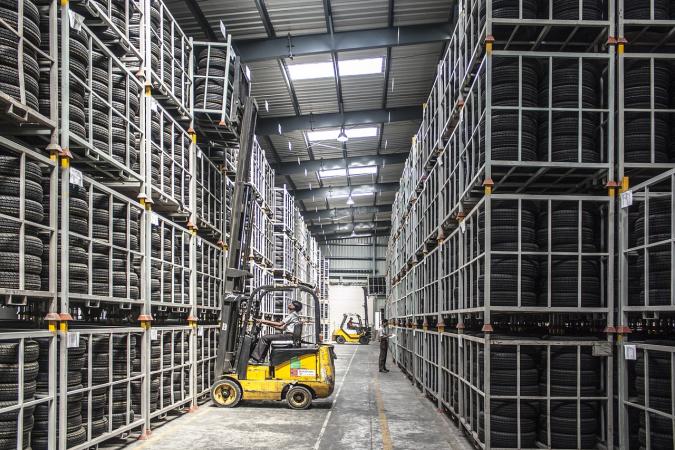
A vital part of any company’s business model is its warehouse operations. After all, having efficient processes for warehousing will allow a company not only to receive and ship essential goods in a timely fashion for both manufacturing facilities as well as storage but also keep the items stored safely and securely too.

As simple and straightforward as this might be, however, it requires a considerable amount of work to keep the daily warehouse operations at a reasonably efficient and productive level. To this end, here are just a few of the best practices to follow for your warehousing operations.
1. Employee training
Many people talk about training in a blasé way, but very few understand its importance, especially in a warehousing environment. Even with all the modern technologies at your disposal, it won’t do much good for the efficiency and productivity of warehouse operations if the workers aren’t adequately trained to use the necessary equipment and machines. As such, it pays to invest in comprehensive training programmes like driver CPC Sheffield experts provide, or forklift training. In this way, not only will the workers be able to do their assigned tasks efficiently and effectively, but they’ll be a lot safer as well.
2. Organise the stock
One of the best ways to keep a high level of efficiency and productivity for your warehouse operations is to make sure that the goods are properly organised. Not only will this make it easier for the workers to move and store the items, but it can also give a good impression to potential visitors like clients and suppliers. Best of all, you are far more likely to optimise the space that you have and store a lot more products than you might realise.
3. Implement lean inventory management
Warehouse operations can often be overwhelming for the workers because of the sheer number of products and items stored. Not only can this reduce productivity significantly but it can also cause potentially costly mistakes too. By implementing lean inventory management in your warehousing, you will have no more than what the business needs. This will make operations flow much more smoothly through the improved efficiency and can even keep costs down too.
4. Always track the error rates of the inventory
It’s not uncommon to encounter errors with the stock. Even with the most organised and efficient warehousing, mistakes will always happen. As such, it is crucial to always track what the errors are as well as their rate of occurrence. Tedious as this might sound, it can provide a lot of insight not only into which areas require improvement but also the correct courses of action that must be taken as well.
The importance of warehouse operations to business success cannot be overstated. In fact, you could even argue that its level of efficiency and productivity can determine the profit and revenue of a company. As such, it makes sense to have a methodical and meticulous approach to your warehousing operations. By keeping these best practices in mind, not only are you far more likely to minimise the chances of encountering any problems, but you are also far more likely to attain the desired results too.
Image: Pixabay.com

